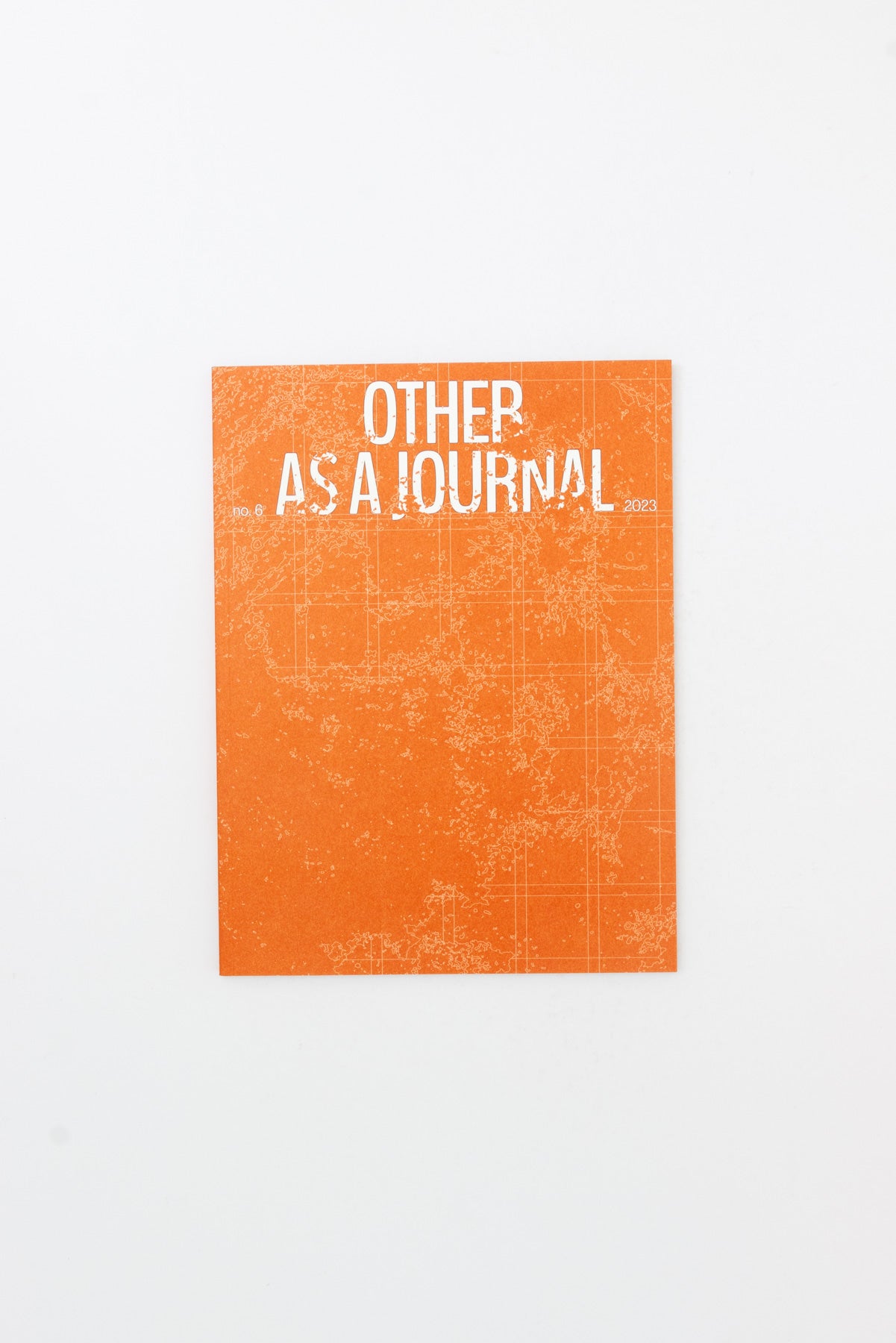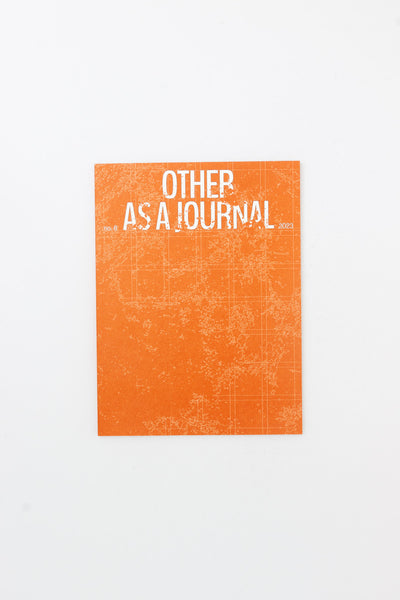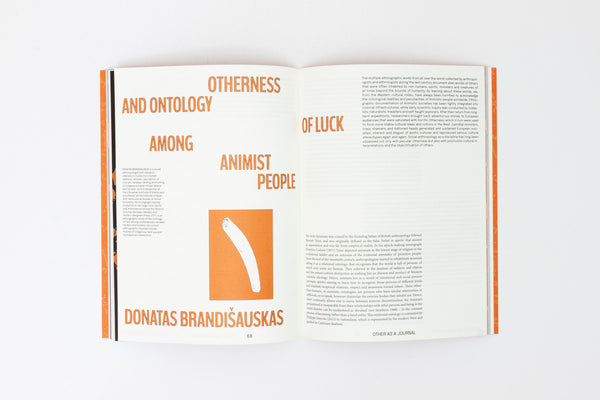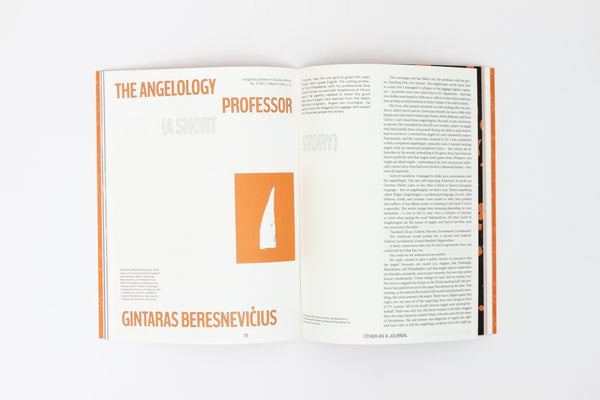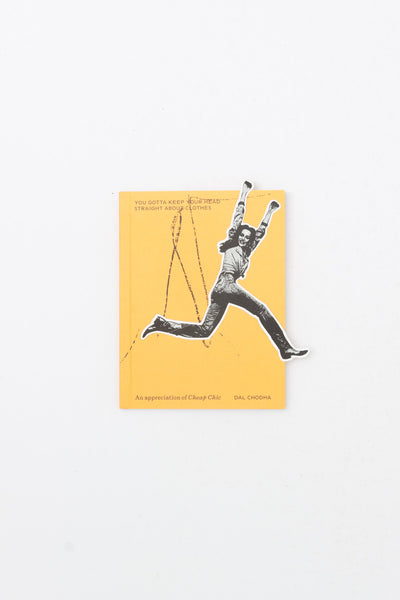As a Journal. Issue 6: Other.
We have known since Hegel that otherness is a constituent part of the self; that is to say, we cannot form a meaningful self-identity without necessarily referring to something that we consider to be intrinsically alien to us, foreign to the very essence of what we believe to constitute ourselves. This relatively simple idea has set up 200 years of continuous grappling with what the Other is, its function, definition, role, and alike. The Other had to become the source of morality, to merely serve as a mirror to the self, to be the function of transcendence, and so on. A man in space made us think of non-terrestrial beings; feminism taught us to think about women as Other; postcolonial studies did the same with race; postmodern thought showed us otherness in language, while posthumanism made us notice other forms of life as meaningful others. Instead of getting to grips with the Other as a mere function of self-identity, we have observed a proliferation of alterity. There are more and more others, and they don’t seem to be running out any time soon.
At its core, otherness manifests in various forms – race, ethnicity, religion, gender, sexuality, or any marker that distinguishes one group from another. The challenge lies in recognising these differences and how societies respond to and navigate the resulting complexities. The tendency to view the ‘other’ as foreign or threatening can lead to exclusion, discrimination, and even violence, perpetuating cycles of misunderstanding and hatred.
One facet of the problem of otherness is the psychological phenomenon of ethnocentrism, where individuals perceive their cultural or social group as the standard against which all others should be measured. This ethnocentric lens often breeds prejudice, as it blinds individuals to the richness and validity of alternative perspectives. Overcoming this ingrained bias requires embracing diversity and cultivating empathy, recognising that what may be unfamiliar is not inherently inferior.
This issue of As a Journal is organised as a labyrinth with no exit. There is no typology of others, no systematic approach, and neither a conceptual clarification nor solution to a long-standing problem of one form or another of otherness. Instead, this issue is organised as a journey through the labyrinth with no exit. Each text is intended not as a signpost on the road to a solution but rather as a bump in that road, an obstacle that seeks to problematise and make something unclear that was clear just a minute ago. Indeed, the whole issue is guided by the idea that talking about otherness requires a certain intellectual humility – humility that acknowledges that alterity has to be approached and tackled on its terms and not simply as a result of the self. After all, if Hegel was onto something with his insight about other being a constitutive part of the self, it means that otherness is prior and more primary than the self. This issue is an attempt to treat alterity as such.
2024
Softcover, 136pp
280 x 210mm

